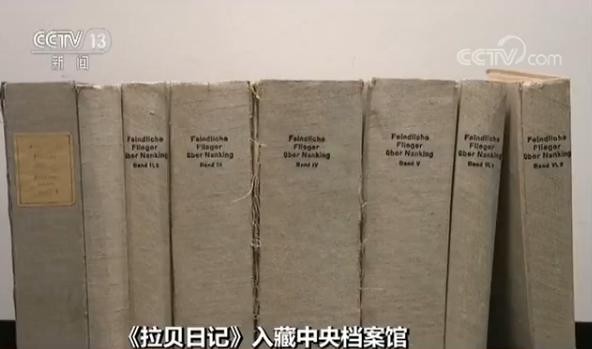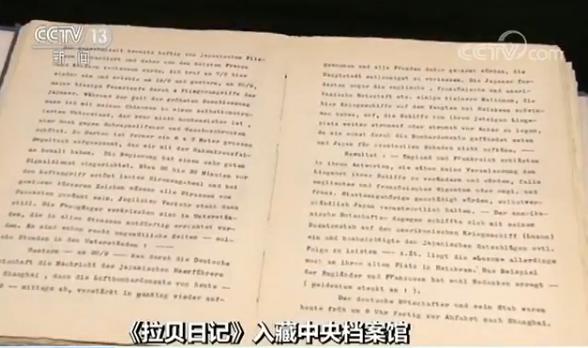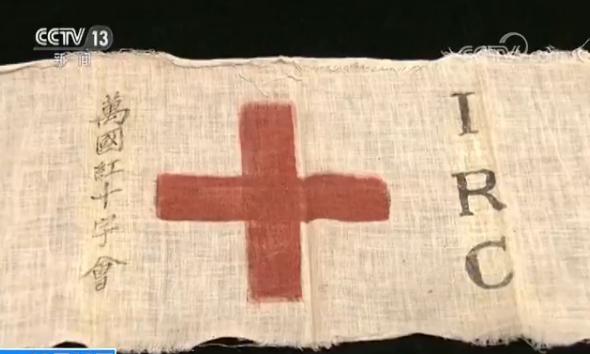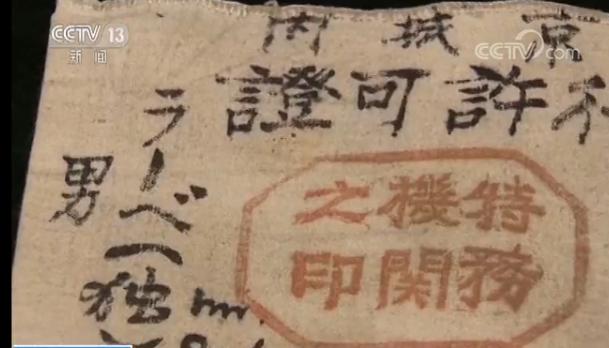In 1986, the liberation of CA141 was born, which set off a frenzy in the market and ended the passive situation of the 30-year-old liberation. It took six years for CA141 to be designed and put into production, and its "birth" was very bumpy.
In 1953, Tian Qizhu graduated from Jinan Shandong Institute of Technology, majoring in automobile, and was assigned to with 35 classmates. He started from the design department and was soon transferred to the professional team leader of the transmission group in the assembly laboratory. In 1980, Li Gang, the fourth director of FAW, appointed him as the chief designer of CA141.

The transformation of CA141 is hailed as the second venture of FAW, and the transformation cycle is as long as 6 years, including 3 years of finalization and 3 years of production preparation. Tian Qizhu wrote "Ten Suggestions on CA141 Design Scheme" to FAW’s leading group, and it was adopted. Tian Qizhu personally witnessed the 6-year history of CA141 from modification to production, and participated in the whole difficult and tortuous process.
"Jiefang trucks have been changed for a long time. After the introduction and production of the first generation of Jiefang trucks in 1956, the design department began to make new cars under the guidance of Soviet experts. At that time, it was mainly for training. After all, Jiefang trucks had just been put into production and it was impossible to change new cars." Tian Qizhu said that the old liberation car was called CA10, so they made CA11. There are two schemes for CA11: 11A and 11B, and finally 11A is selected.
FAW has also made other models, including the universal car, the internal code CA80, imitation, instead of agricultural tractors, and later only produced a prototype. In addition, the CA150 truck has been built to replace the Jiefang car and adopt a reversible flat-headed cab. After the prototype came out, it was not put into production because the technical strength of trial production was not enough. Then we made CA140. At that time, we carried out four rounds of design work: test, improvement, retest and improvement. FAW was ready to put into production, and spent 1.8 million yuan to purchase automatic equipment and build a cylinder head production line. Later, due to some reasons, it was forced to stop.

Jiefang CA140
"There is another reason for stopping CA140. At that time, the state did not require FAW to change its model. Because the second automobile has not yet been put into production, what the country needs most is cars, not new cars. FAW only needs to produce more cars. " As a result, CA140 was used to support the Second Automobile Company, which made some improvements to CA140, which became the famous EQ140.
"FAW wants to change the CA141, and I hope you will be the chief designer." One day in the summer of 1980, the superior leader found Tian Qizhu and arranged it like this. At that time, FAW had no such position as chief designer, and the chief designer was equivalent to the chief designer.
In July, 1980, FAW decided on "the development task of CA141 5-ton truck, the replacement product of Jiefang brand truck". The principles put forward in the design task book are: further tapping potential and improving on the basis of old products; Assemblies and parts shall not be changed or changed as little as possible on the premise of meeting the performance requirements; Fully consider the possibility of transition and the inheritance of existing production technology; Make full use of existing equipment and tooling; Each performance catches up with and exceeds Dongfeng EQ140.

In May 1981, all the trial-production drawings of CA141 were issued, and the first prototype car was made in early October, and six prototype cars were made before the end of the year. After the prototype car comes out, it immediately starts comprehensive test work, including 420-hour road simulation strengthening test, bench torsion fatigue test and 10,000-kilometer strengthening road test.
"If the country has test standards, we will implement them according to national standards. If the country has not yet unified norms, we will do it according to our own norms. " Tian Qizhu said that in that era, many things were started from scratch.

In the first half of 1982, CA141 completed 28 major tests, including vehicle performance test, 20,000 km reliability test, frame rigidity and stress measurement, leaf spring performance and fatigue life test.
On June 29-30, 1982, FAW conducted the second factory appraisal, and it was decided at the meeting that the assembly and parts tooling that had already started the production preparation design work could be put into production.
On September 23, 1983, the state authorized China Automobile Corporation to hold a national technical review meeting for identification and finalization, and CA141 passed the national appraisal. On October 8 of the same year, China Automobile Corporation officially approved the finalization.
After the CA141 was finalized, a batch of CA141 prototype cars were trial-produced and sent to transportation companies in 6 test sites in China: Wulanhaote, Inner Mongolia, Xiangfan, Hubei, Urumqi, Yunnan Baoshan, Haikou, Hainan, Lanzhou, Gansu, etc. for use test. In addition, an evaluation test was conducted for CA141 for the first time, and more than 400 tests were conducted on two CA141s sent to Hino for evaluation test.
"It was done for nearly 4 months before and after the evaluation test. In some projects, Hino Automobile also compares with us with its own car. Their car is a diesel engine, while ours is a gasoline engine, and the noise is small. Their car is a flat-headed car, ours is a long-headed car, and CA141 looks better. In addition, the performance of CA141 is also good for individual projects such as braking. "
Tian Qizhu said that Hino Auto people also like CA141 very much, and they suggested that the two sides cooperate to install their diesel engines in liberated cars and export them to third countries such as the Philippines. However, because the engine is too expensive, the cost accounts for almost half of the whole vehicle, and the project was not negotiated later.
In January 1987, CA141 was officially put into production, which ended the passive situation of the 30-year-old system of Jiefang Automobile.

Because of its good appearance and power, the domestic orders were in short supply, and in 1987, it produced more than 60,000 vehicles. In 1988, it also exported CA141 to North Korea, the United States, Bolivia and Thailand. In the same year, CA141 was also well received at the 21st Cairo International Automobile Expo attended by 28 countries. (The interview materials are from Bunning Studio,)












